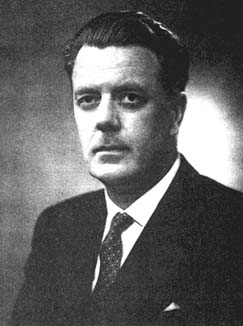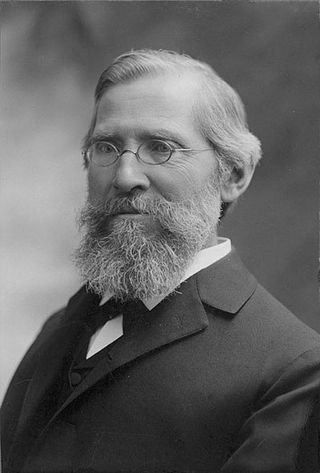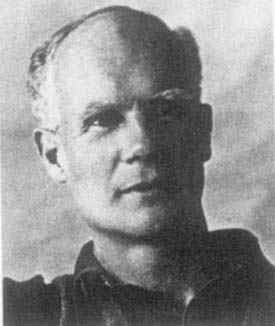
Sir Ronald Aylmer Fisher was a British polymath who was active as a mathematician, statistician, biologist, geneticist, and academic. For his work in statistics, he has been described as "a genius who almost single-handedly created the foundations for modern statistical science" and "the single most important figure in 20th century statistics". In genetics, his work used mathematics to combine Mendelian genetics and natural selection; this contributed to the revival of Darwinism in the early 20th-century revision of the theory of evolution known as the modern synthesis. For his contributions to biology, Fisher has been called "the greatest of Darwin’s successors".
Frank Yates FRS was one of the pioneers of 20th-century statistics.

Sir Maurice George Kendall, FBA was a prominent British statistician. The Kendall tau rank correlation is named after him.

Sir Roy George Douglas Allen, CBE, FBA was an English economist, mathematician and statistician, also member of the International Statistical Institute.

Maurice Stevenson Bartlett FRS was an English statistician who made particular contributions to the analysis of data with spatial and temporal patterns. He is also known for his work in the theory of statistical inference and in multivariate analysis.

Sir Harold Jeffreys, FRS was a British mathematician, statistician, geophysicist, and astronomer. His book, Theory of Probability, which was first published in 1939, played an important role in the revival of the objective Bayesian view of probability.
Sir Arthur Lyon Bowley, FBA was an English statistician and economist who worked on economic statistics and pioneered the use of sampling techniques in social surveys.

Alexander Alexandrovich Chuprov Russian Empire statistician who worked on mathematical statistics, sample survey theory and demography.

Egon Sharpe Pearson was one of three children of Karl Pearson and Maria, née Sharpe, and, like his father, a leading British statistician.

Statistical Methods for Research Workers is a classic book on statistics, written by the statistician R. A. Fisher. It is considered by some to be one of the 20th century's most influential books on statistical methods, together with his The Design of Experiments (1935). It was originally published in 1925, by Oliver & Boyd (Edinburgh); the final and posthumous 14th edition was published in 1970.

Sir David Roxbee Cox was a British statistician and educator. His wide-ranging contributions to the field of statistics included introducing logistic regression, the proportional hazards model and the Cox process, a point process named after him.

Jerzy Neyman was a Polish mathematician and statistician who spent the first part of his professional career at various institutions in Warsaw, Poland and then at University College London, and the second part at the University of California, Berkeley. Neyman first introduced the modern concept of a confidence interval into statistical hypothesis testing and co-revised Ronald Fisher's null hypothesis testing.
George Alfred Barnard was a British statistician known particularly for his work on the foundations of statistics and on quality control.
Joseph Oscar Irwin was a British statistician who advanced the use of statistical methods in biological assay and other fields of laboratory medicine. Irwin's grasp of modern mathematical statistics distinguished him not only from older medical statisticians like Major Greenwood but contemporaries like Austin Bradford Hill.
Dennis Victor Lindley was an English statistician, decision theorist and leading advocate of Bayesian statistics.

Patrick Alfred Pierce Moran FRS was an Australian statistician who made significant contributions to probability theory and its application to population and evolutionary genetics.
Statistics, in the modern sense of the word, began evolving in the 18th century in response to the novel needs of industrializing sovereign states.
Pandurang Vasudeo Sukhatme (1911–1997) was an Indian statistician. He is known for his pioneering work of applying random sampling methods in agricultural statistics and in biometry, in the 1940s. He was also influential in the establishment of the Indian Agricultural Statistics Research Institute. As a part of his work at the Food and Agriculture Organization in Rome, he developed statistical models for assessing the dimensions of hunger and future food supplies for the world. He also developed methods for measuring the size and nature of the protein gap.
Colin Lingwood Mallows is an English statistician, who has worked in the United States since 1960. He is known for Mallows's Cp, a regression model diagnostic procedure, widely used in regression analysis and the Fowlkes–Mallows index, a popular clustering validation criterion.








